- Home >>
- Forms & Articles >>
- Construction Invoice Preparation
- Home >>
- Articles by Diane Dennis >>
- Construction Invoice Preparation
Construction Invoice Preparation:
The Ultimate Guide
Looking for a construction invoice form? Get one here!
The frustration that comes with preparing an invoice for a construction project can be extra troubling because of the added concern about the bad things (very bad things) that can happen if you make a mistake(s).
Following is an in-depth guide to help break down how the construction invoice procedure works
The time to start invoicing on a
project doesn't come when it's actually time to submit an invoice, it
comes during the beginning phases of the project.
I don't mean that you actually submit a bill before project even begins. I mean that by setting up your invoice procedure for the project ahead of time, whether it be within QuickBooks or Quicken or some other program or even a simple invoice form, when it comes time to submit your first invoice there won't be any questions to slow down the process (or at best hopefully a minimal amount of questions). ;o)
Questions to consider when preparing an invoice for a construction project
- How often should you submit a construction invoice on a project?
- What is retention and how does it affect your invoice?
- What's required to be included in/with the invoice?
- What happens if you make a mistake on your invoice?
- What do you need to do after an invoice has been paid?
How often should you submit invoices on your project?
When the project is less than one month and retention is not being withheld
Submit one invoice, when your work is complete, for the entire amount of the project. Do not deduct retention.
You may or may not be required to itemize your invoice. Typically when on projects that last less than a month a non-itemized (or minimally itemized) invoice is acceptable.
There are Generals/Directs/Primes however that require that you invoice using their paperwork. Find out for sure so that you don't waste time putting together an invoice that won't be accepted.
When the project is less than one month and retention is being withheld
Submit one invoice when your work is complete. That invoice will be for the full dollar amount of your contract less the retention being withheld. You'll use the #1 lien waiver/release form with this invoice.
Once that invoice has been paid and the funds are 'good' (meaning they've cleared your customer's account) then you can send a second invoice that'll be for the amount of retention that was withheld. You include a #3 lien waiver/release with this invoice.
At the same time, provided the customer's prior payment(s) have cleared, then you'll issue a #2 lien waiver/release form that releases the customer from all amounts due through the date you invoiced through.
Once the second invoice has been paid and has cleared your customer's account then you can issue the #4 lien waiver/release form.
Before preparing your invoice be sure to check with your customer to make sure there isn't an invoice form that they require that you use, rather than your 'normal' one.
When the project is longer than one month and retention is being withheld
For each month that you work on the project you'll submit your construction invoice at the beginning of the following month (typically) for the work performed/material supplied during the prior month.
On each of these invoices you'll need to deduct the amount of retention from the total amount being invoiced.
When submitting the #1 lien waiver/release form with the invoice be sure to put the dollar amount after the retention is deducted, do not include the retention amount on the waiver/release form.
You'll continue on in this manner each month until you're finished, with each month's release showing the dollar amount *after* retention, not before.
Your final invoice will be for the retention that has been withheld.
You'll include a #3 lien waiver/release with this invoice as this will be the last payment that you'll receive on the project.
Standardization of project billing
** If
your customer insists that you use his invoice form you can upload a copy of the invoice form here and it'll automatically become a fillable, digital document!
The more complex a project is the greater the chances that invoicing will be 'standardized'.
This is accomplished by the General/Direct/Prime providing an invoice document that all Subs are required to use. If you're required to use their invoice paperwork that information should have been included within the contract.
What is retention and how does it affect your construction invoice?
Retention is the amount of money that will be withheld from each months' amount due to you (provided retention *is* being withheld on the project). Typically it's 5% to 10% of the current invoice.
Too often contractors would collect full payment and then walk away from a poorly done/incomplete project. The owner of the project is out his money and now has to pay another contractor to complete the work.
Retention can help to ensure that the contractor will indeed complete his portion of the project - if he leaves the owner in the lurch he walks away without his retention. On some projects retention can amount to the actual profit on the job making it even more difficult to walk away.
How long is retention withheld?
Typically you'll receive payment for your retention invoice after:
- Your work is complete and accepted by all parties involved and
- All of your suppliers/sub-subs/etc. have been paid and
- The entire project is complete (this varies, sometimes you'll be paid before the project is complete and after your work is accepted and other times not until the entire project is complete)
If this is important to you, the timing of the release of your retention, then be darn sure to find and read the retention clause in the contract before you sign it.
How to figure out the retention amount?
To
figure out the amount of retention that'll be withheld you'll prepare
your invoice for whatever amount is owed for the time frame that you're
invoicing for. One of your last line items will be Retention and it will
be for a negative amount (because it's being withheld from the
payment).
So for a very basic example of an invoice that assumes a 10% retention rate, the invoice would look something like the following:
Cabinets . . . . . . . . . . . . . . . . . . . . . . . . . . $4000
Drawers . . . . . . . . . . . . . . . . . . . . . . . . . . $3000
Pantry . . . . . . . . . . . . . . . . . . . . . . . . . . . . $2500
Sub-Total . . . . . . . . . . . . . . . . . . . . . . . . . $9500
Less 10% Retention . . . . . . . . . . . . . . . . . $ 950
Final total owing this invoice . . . . . . . . . . $8550
When you submit a lien waiver/release form with your invoice do not include the retention on the release form ($950 in this case); the total on the release form should be the final total on your invoice after retention is deducted, which in this case is $8550.
The reason?
If you write $9500 then you'll be releasing your lien rights 100% for that time period whether you've been paid that retention or not.
What's required to be included in/with a construction invoice?
A lien waiver/release form
When you submit a construction invoice to your customer typically there is additional information required from you.
Almost always used on every construction project are the lien waiver/release forms. Where you're at in your project will determine which of the four documents you'll use.
When you're invoicing for a partial/progress payment you'll use the (#1) Conditional Waiver and Release Upon Final Payment. Remember, don't include the retention amount in the amount due, it's a deduct.
After the funds have cleared the customer's account then you'll use the (#2) Unconditional Waiver and Release Upon Progress Payment. This means that you have fully released your lien rights on the project for the time frame through which you've billed (except for retention - you did remember to deduct the retention before entering the $ amount on the #1 release right?).
When you're submitting an invoice for the final payment on the project (which is almost always for the retention withheld) you'll include a (#3) Conditional Waiver and Release Upon Final Payment. After the funds have cleared your customer's account then you'll submit a (#4) Unconditional Waiver and Release Upon Final Payment.
This means that you have released your lien rights for the entire project. It's desperately important that you get that correct.
Your supplier's invoice
Something, not too entirely common, that you may also be required to submit is a copy of your supplier's invoice. You don't necessarily have to do this; you can check the contract to see if it's required although if you read the contract before signing it then you probably already know.
If it does not appear in the contract then it's time to decide whether or not it's worth it to pick that battle, or just supply the requested information.
If it does appear in the contract then you're pretty much stuck providing it.
Don't worry about it though, they may just be checking to make sure that the material is being paid for (although it's true that many are trying to figure out your profit margin).
Regardless of their reason it's a big fat SO WHAT that if they want the information. Give them the info without a backwards glance. You're confident in your numbers and your value; that's at least half the battle.
Yes sometimes they'll use it to try to 'nickle and dime' you on your next project.
Just stick to your guns; it's your right to charge whatever profit you wish on a project and if they don't like it they can hire someone who'll do a crappy job. ;o)
Do you really want to be 'nickle'd and dime'd' on every project you do for that guy?
I know how difficult it can be to get work but if the guy is going to harass you about your markup on every project you bid to him then maybe you don't want to do work for him anyway. He doesn't sound like a great client...
Do you want to deal with it every time you invoice on a project for that particular customer? If yes then maybe somehow you need to account within the bid price for the time spent arguing the point. ;o)
Take a few minutes and check ContractorsCustomers.com to see if your potential customer has been reviewed there yet. Maybe this is his standard operating procedure, to beat contractors into the ground.
A labor release form
Should you be asked to provide a labor release form they're checking to make sure that your employees are being paid. After having been ripped so many times by others the guy who is your customer has made it part of his procedure. Don't take offense.
Although the following items really should be required prior to beginning work on a project if it wasn't then usually you'll be required to do so prior to any payment being released:
- Copies of your licenses - your contractor's license and your city license
- A copy of your general liability (and any other) insurance with additional insured(s) listed
- A copy of your license bond (along with any other bonds you might have on the project)
You're required to provide all documents the contract calls for.
What happens if you make a mistake on your invoice?
If you make a mistake on your invoice and/or lien waiver/release forms you might be in for trouble. It'll depend on your customer.
A Subcontractor can't argue in court that a lien waiver/release is invalid when it's due to a mistake made by the Subcontractor.
The 'exception/exclusion' clause in the lien waiver/release forms doesn’t apply to charges that were excluded because of a mistake. The 'exception/exclusion' clause only protects the subcontractor as to charges listed as an exception.
A statutory lien waiver is typically absolute. If a subcontractor makes a mistake, he's waived his lien rights if the general/direct/prime contractor or owner wishes to enforce the waiver document.
The subcontractor can't argue that the lien waiver is invalid when it's due simply to the fact that the subcontractor made a mistake.
However, the subcontractor may still be able to bill its customer the additional amounts owed. That's another article though, as there is much involved with that. As soon as I have that available I'll put a link here to it. Be sure to subscribe to my newsletter for updates.
What do you need to do after a contractor's construction invoice has been paid?
When you receive payment on an invoice make a photocopy of the check before you deposit it. Or if you deposit it through your phone then just be sure to keep the check for reference.
Note: No matter how much your customer bugs you, do not provide an unconditional release until the funds related to that release are in your account.
In a couple days time call the bank that the check is drawn on. You'll want to find out if the check has cleared the account yet.
The reason you want to know if the check has cleared their account is because you do *not* want to issue an unconditional waiver/release form (#2 or #4) until those funds have cleared your account.
Although based on a recent experience I had it appears that some banks now refuse to give this information, citing privacy concerns. (??)
The best thing is to just make sure that the payment has cleared and is in your account before issuing an unconditional release. Receiving the check for the construction invoice is NOT enough, again ... make sure that the payment has cleared your customer's account before you issue an unconditional release.
* At the end of a project you'll probably be required to also provide a warranty for your portion of the project.
Related Information:
In-depth information regarding lien waiver/release forms
Lien Waiver/Release Forms available for purchase
Below are a few forms available for purchase at my Yahoo store. Click on the form image to go to that page at the Yahoo store.
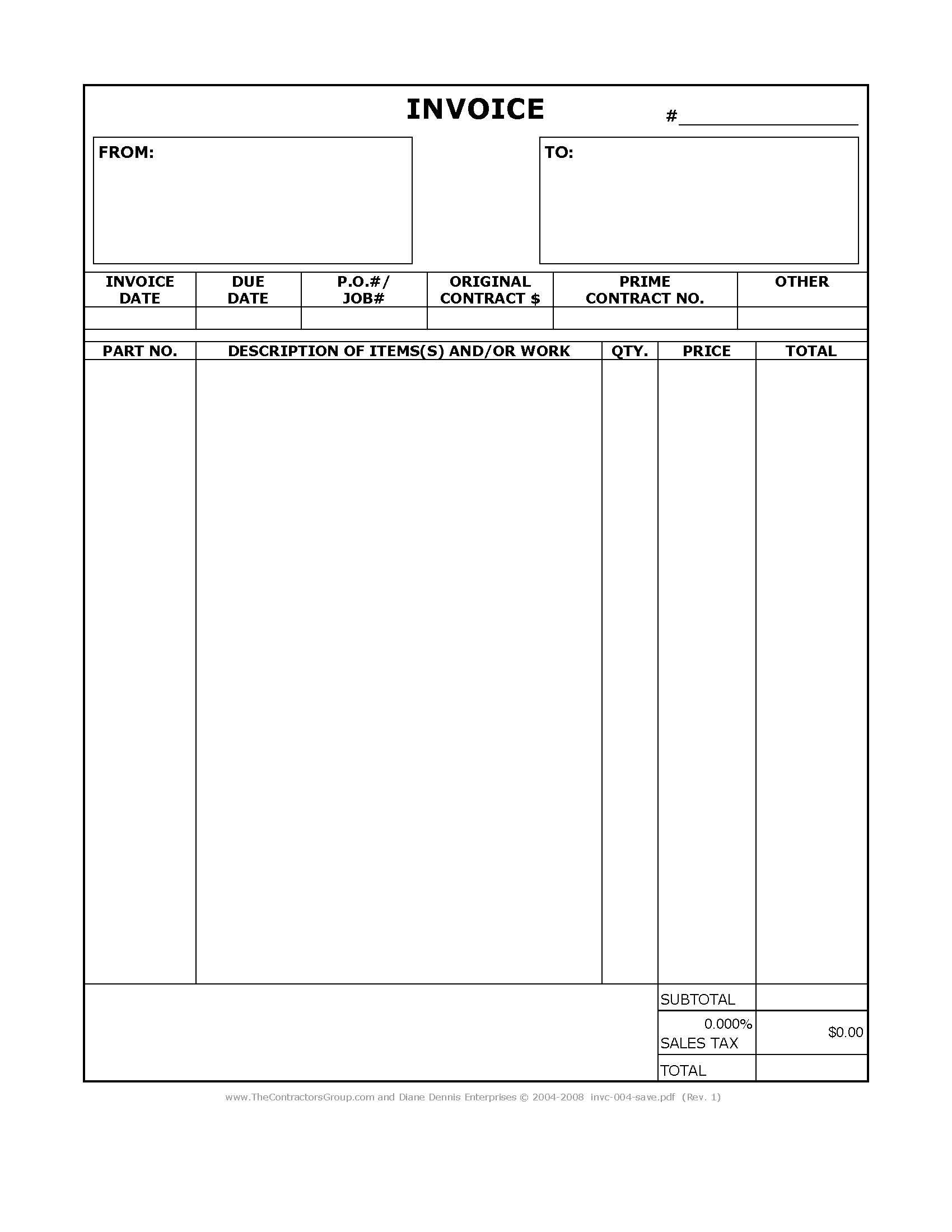
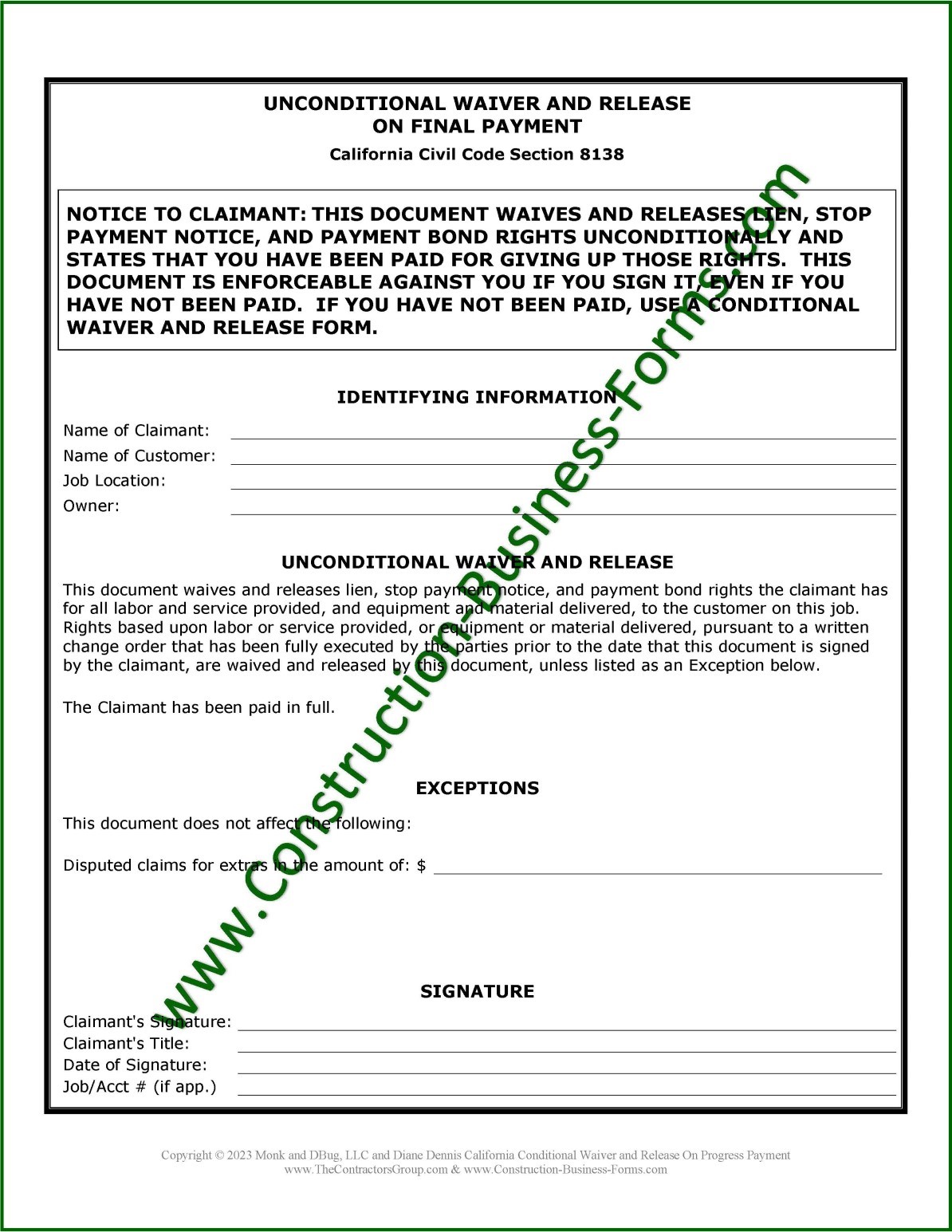
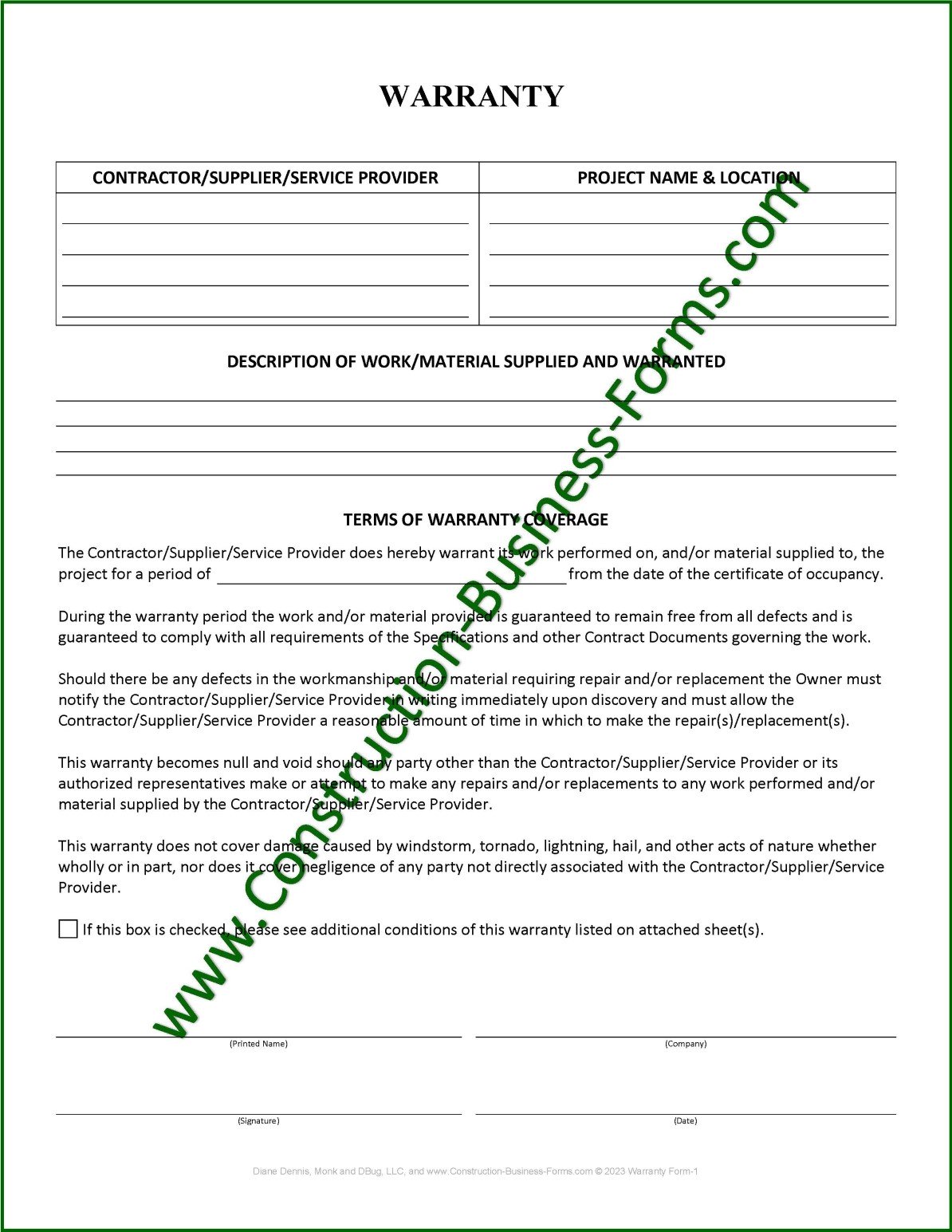
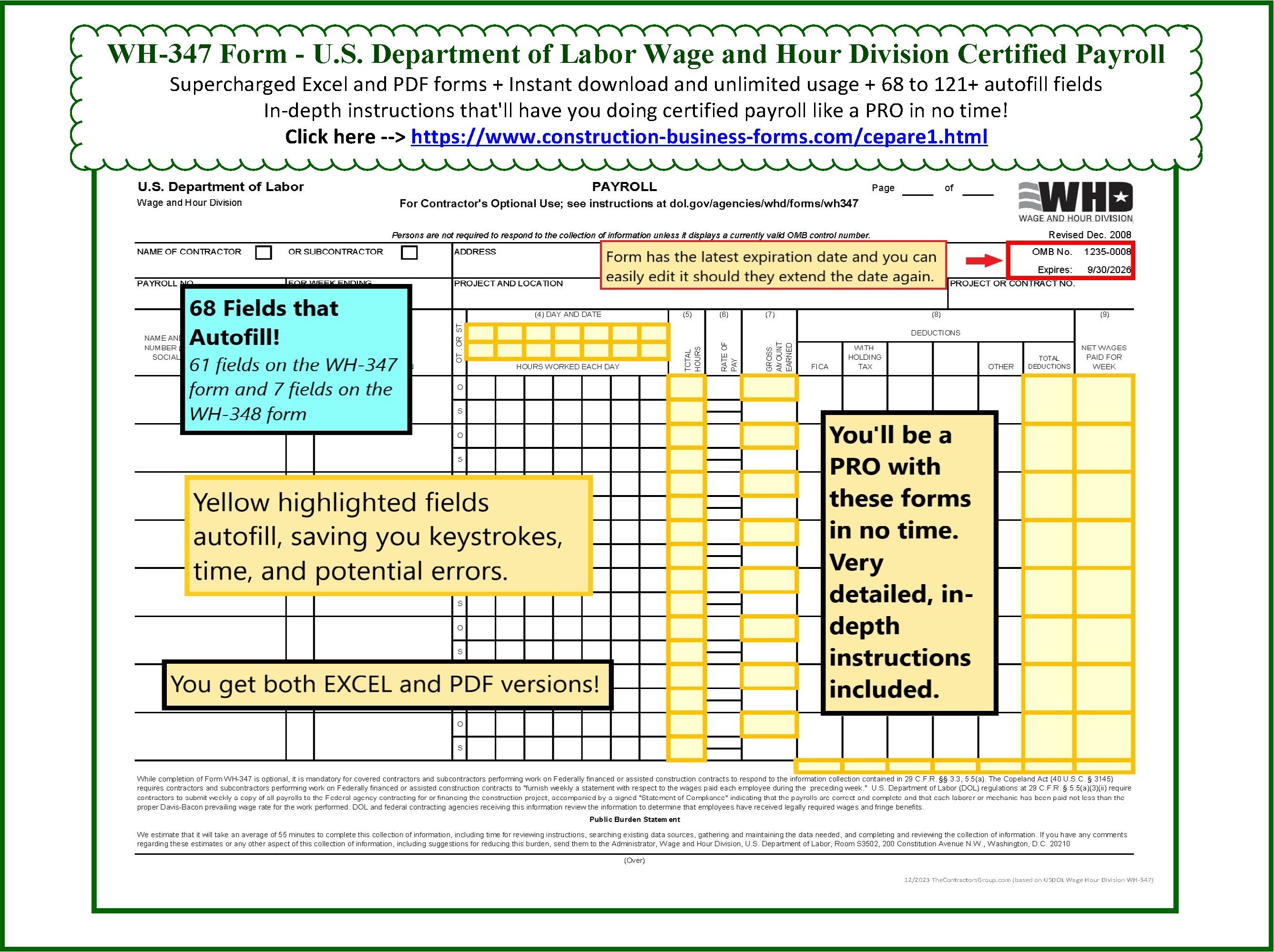

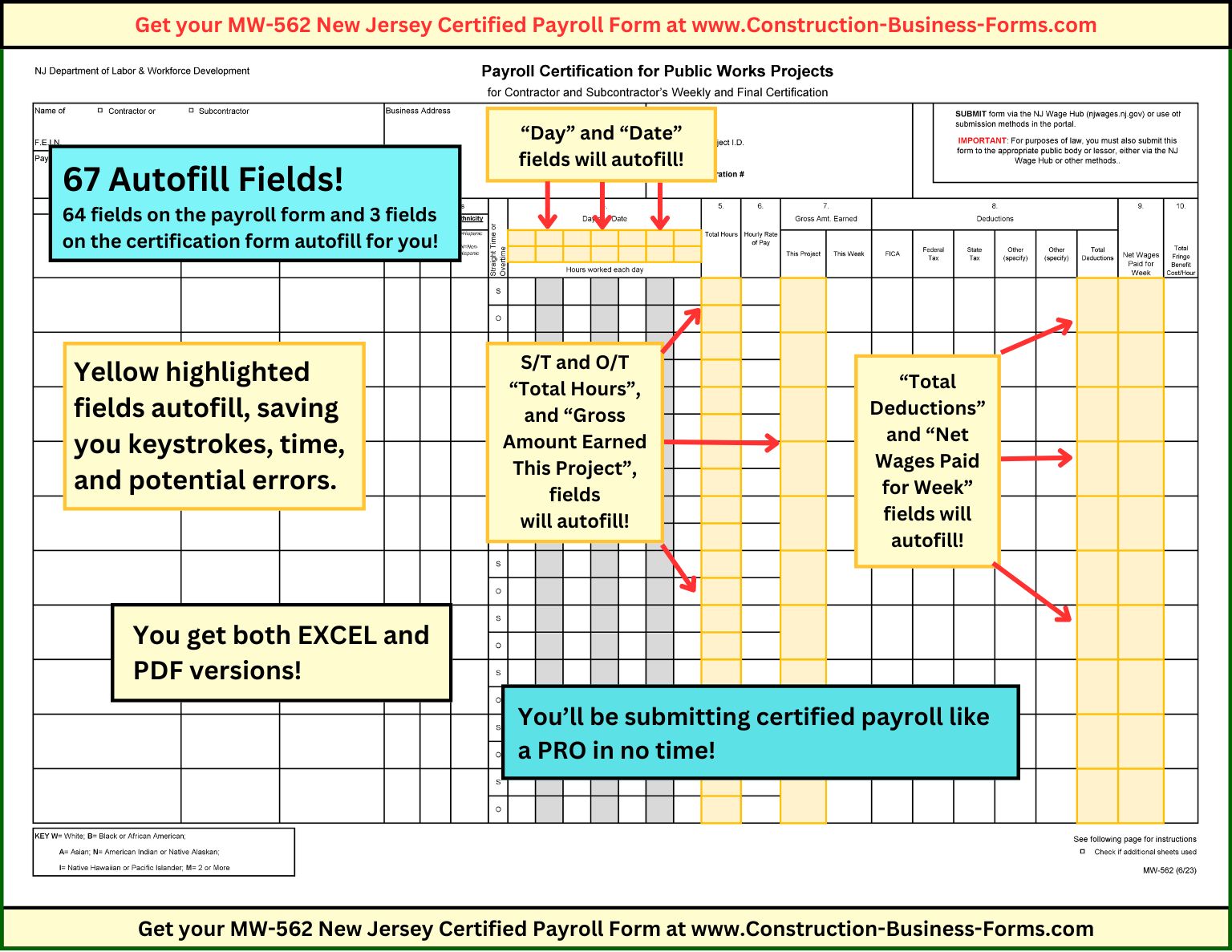
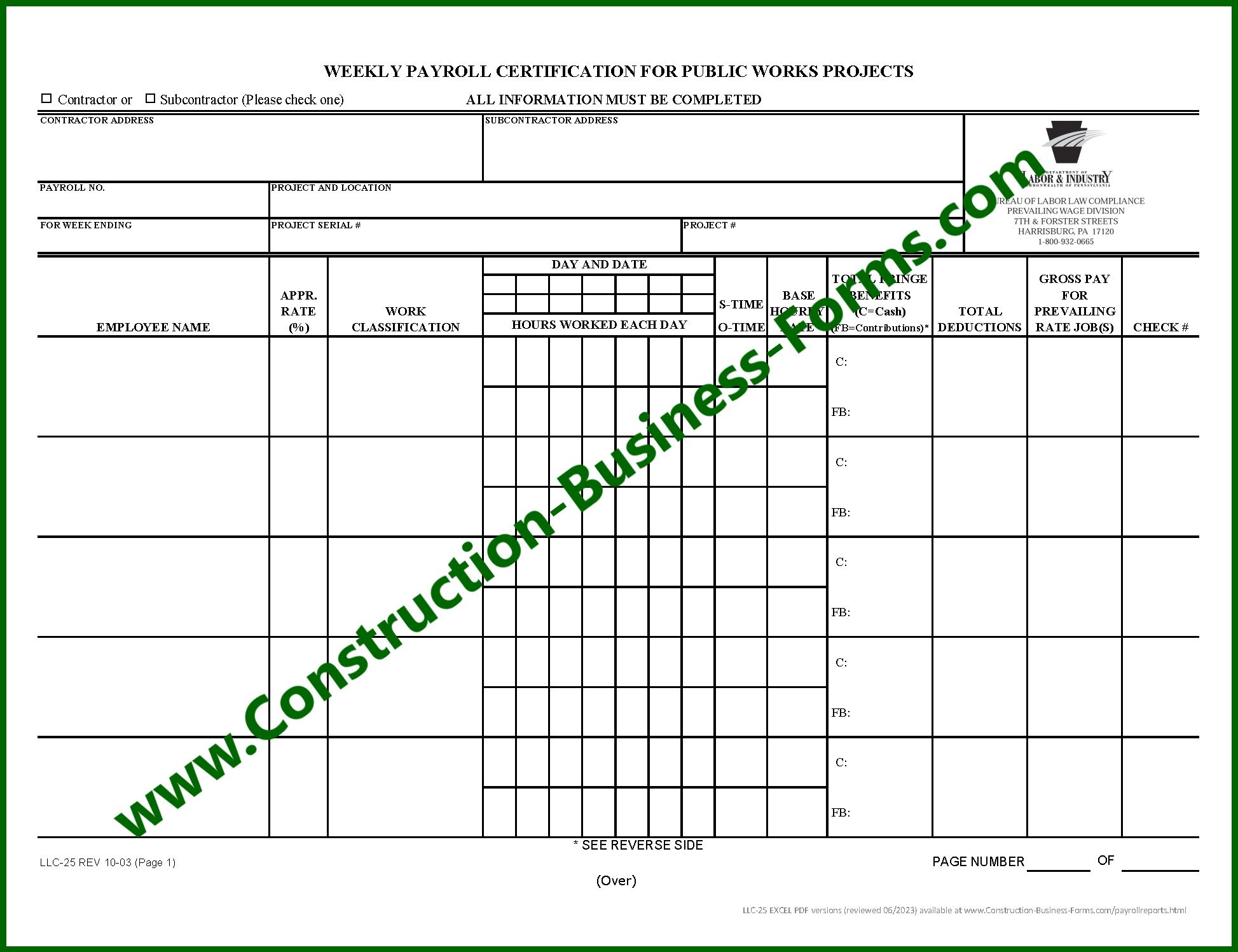
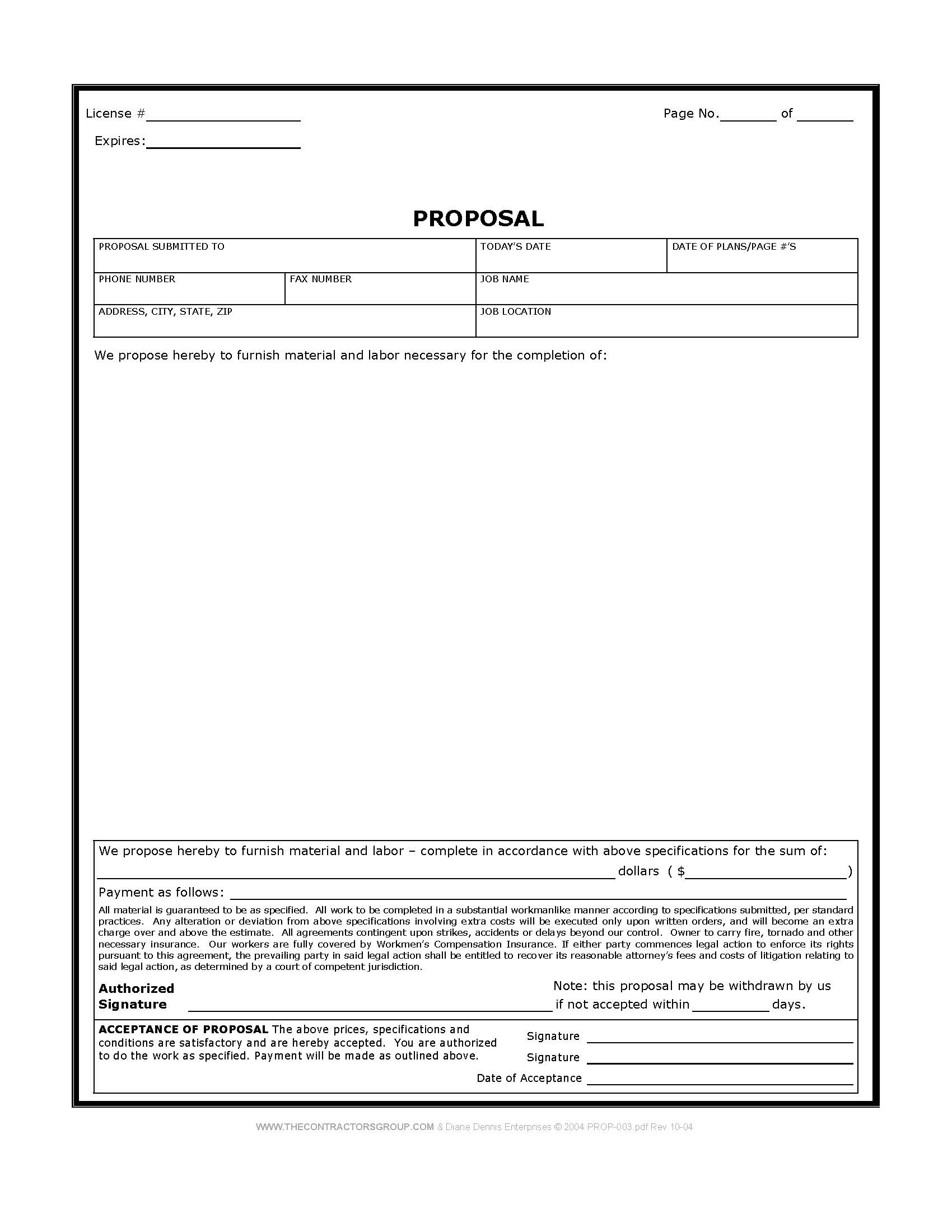
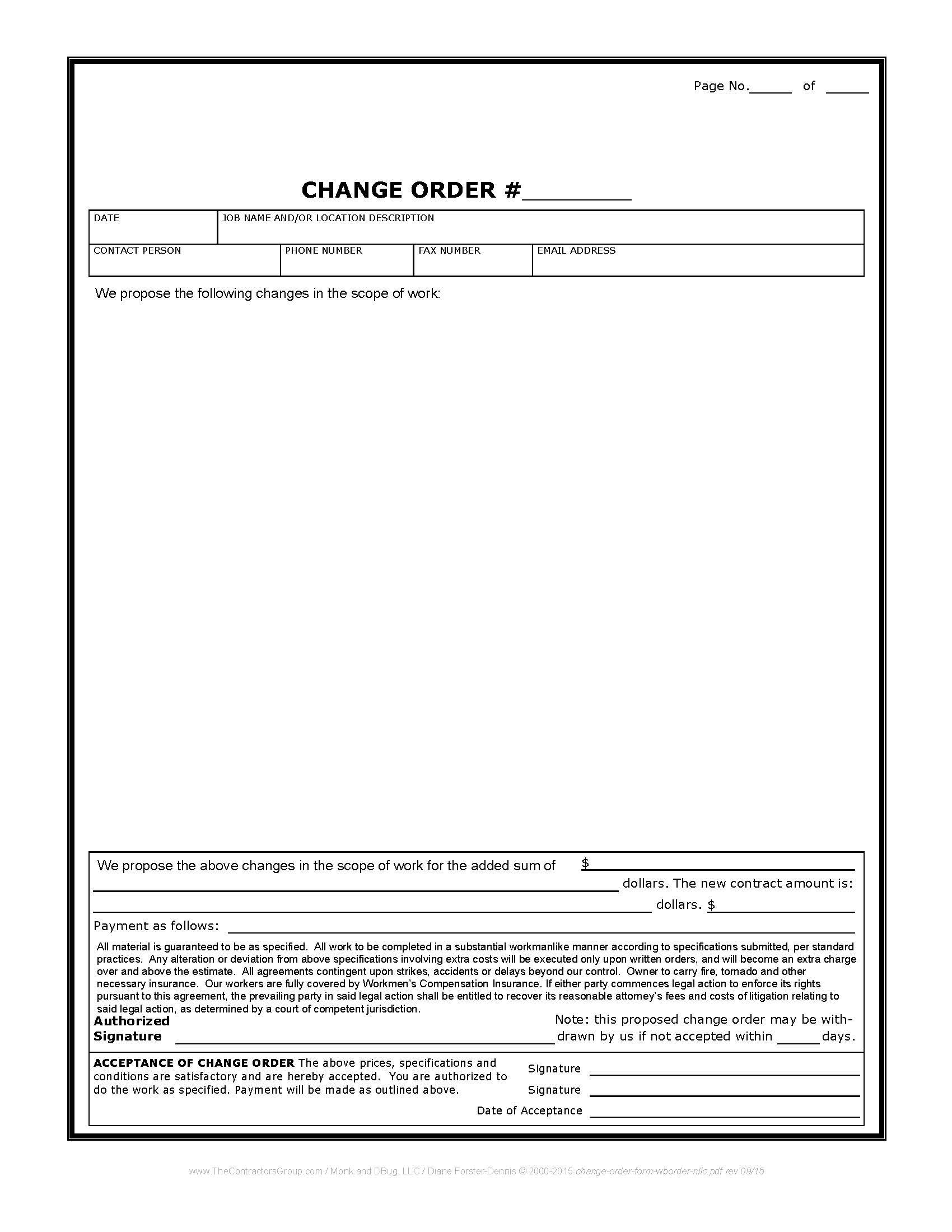
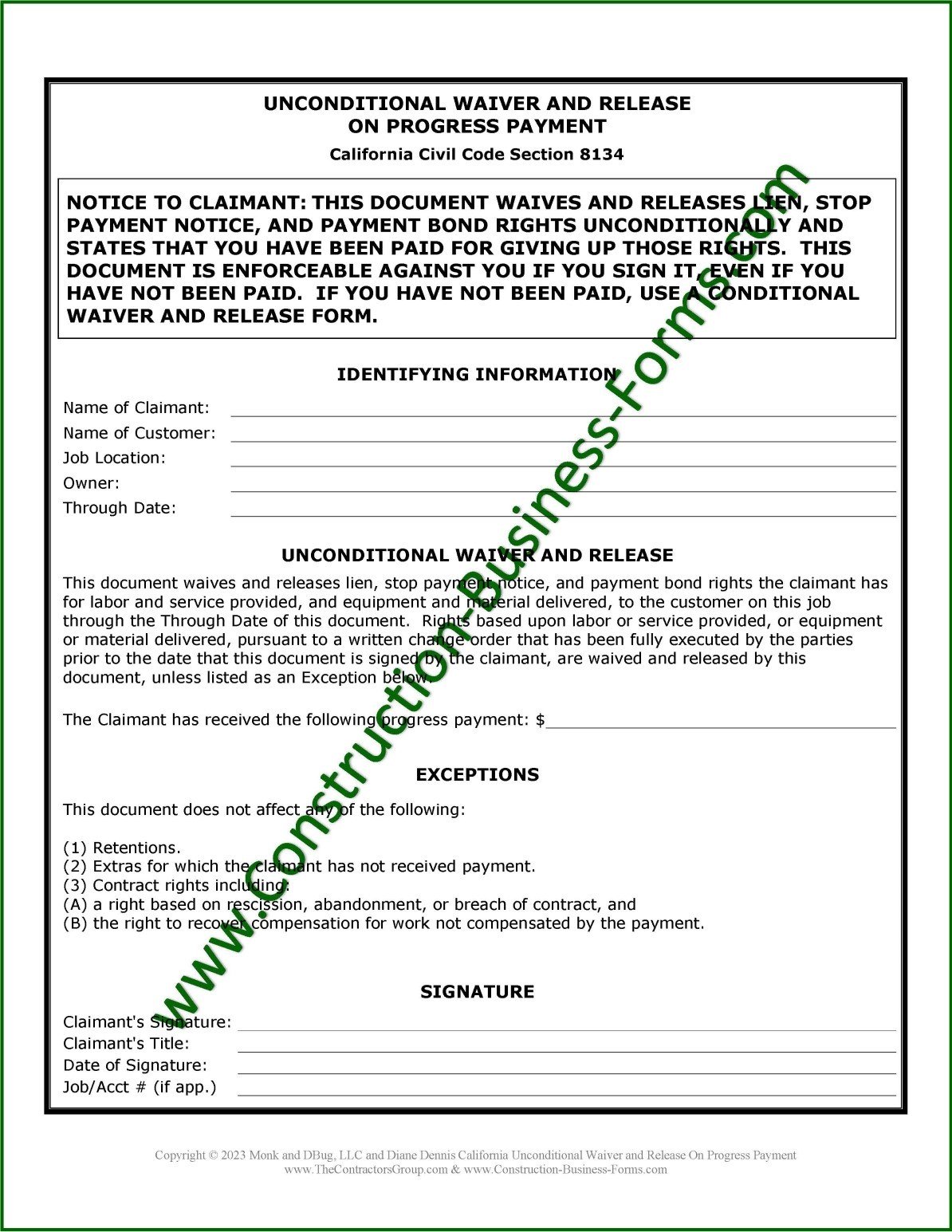
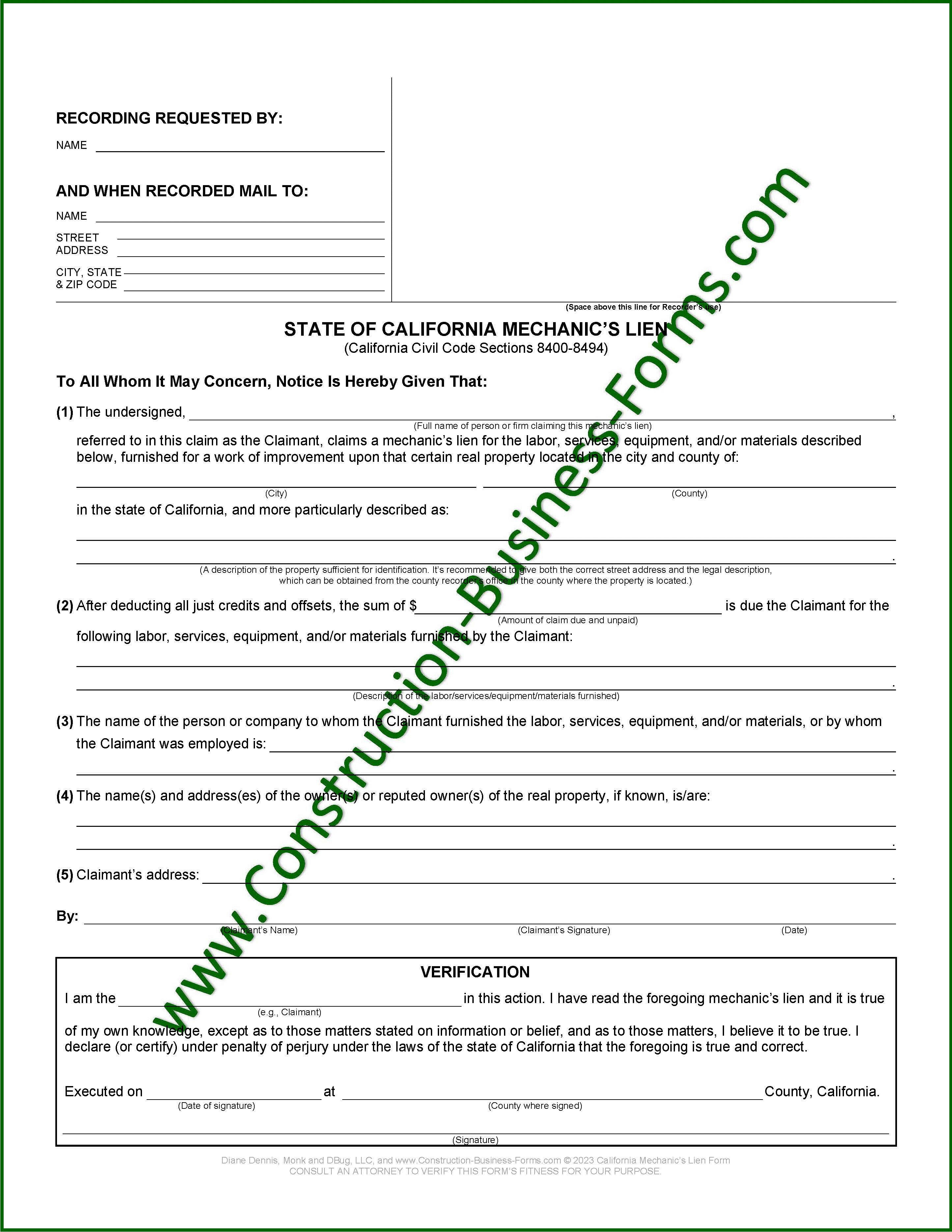
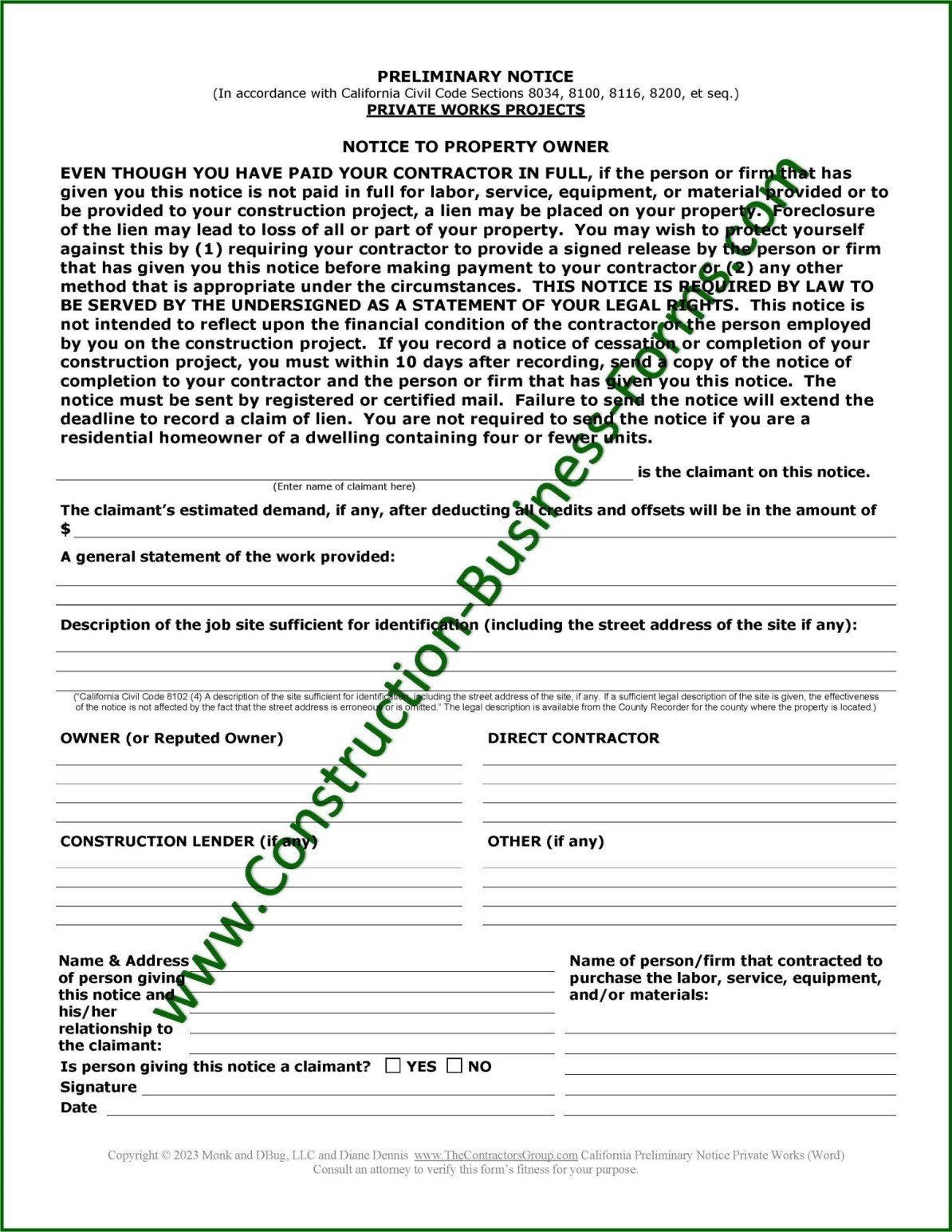



New! Comments
Please leave me your comments below. Facebook doesn't notify me of comments but I'm tickled when I come across them and I always respond when I see them.